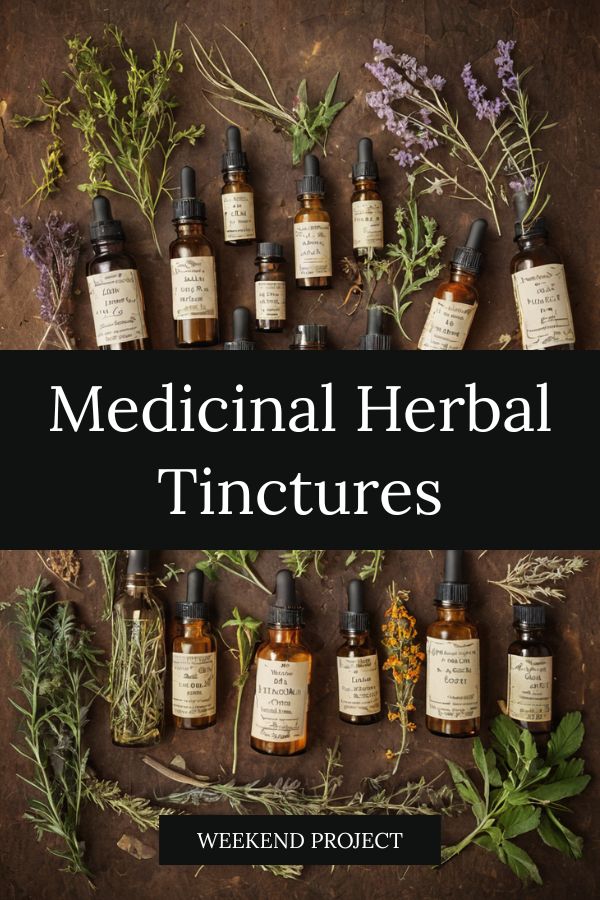Common Spurge (Ruscus Aculeatus)
Information Reliability Score: 2/10
This score reflects the overall reliability of the information presented in this article. It is based on the quality of scientific evidence, accuracy of sources, and the transparency of references related to Ruscus aculeatus.
Ruscus, scientifically known as Ruscus aculeatus, is a low-growing evergreen plant commonly referred to as the butcher's broom, often used in traditional and modern medicine for its various health benefits. It is a medicinal herb known for its adaptogenic properties and is also valued for its unique, slightly bitter flavor and its presence in herbal remedies. The plant contains active compounds such as flavonoids and saponins, which are believed to support cardiovascular health and reduce inflammation. Historically, Ruscus has been used in European folk medicine to treat circulatory issues, and it was traditionally brewed into teas or tinctures to improve blood flow and alleviate symptoms of varicose veins. Today, it is still used in wellness practices for its potential to support circulatory function and is often found in herbal supplements aimed at promoting overall vascular health.
FREE COURSE
How to make medicinal herbl tinctures for common ailments at home and in a weekend (using the Healing Drop System).

